This is actually a great question! And something the broader artistic world could probably benefit from asking themselves once in a while. Properly taking inspiration without infringing on someone’s else’s idea or product can be difficult, since we tend to get attached to concepts we like pretty wholesale. There’s no “ right” or “wrong” way to take inspiration ( Only a right or wrong way to dodge copyright infringement ), but let me lay out how we are taught to do it at the design-school I’m at.
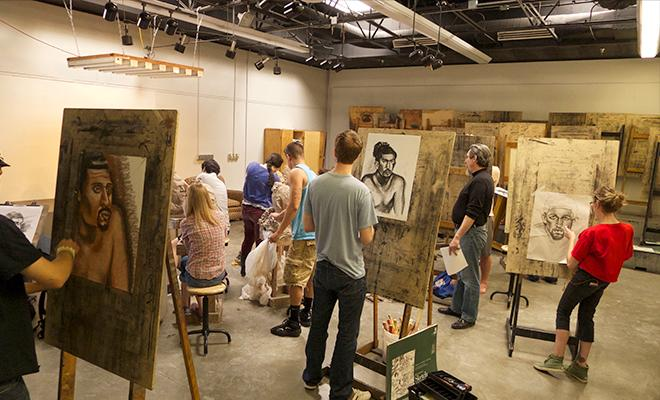
https://art.ku.edu/painting-drawing-facilities-and-equipment , Art students from The University of Kansas working on different iterations of the same source material ( A croquis study ).
Everything’s copied!
There’s been a stigma about the notion of taking inspiration for the longest time. And it hasn’t gotten much better with the advent of the internet, where we’ve had quite the debates about whether someone’s “stealing” someone else’s idea. So let’s just get on the same page really quick.
You can’t really hog an idea to yourself. Sure, people can copyright an iteration of an idea, ( a character design, a logo, a certain piece of art ) but the source of inspiration and the concept of that idea is pretty much public domain so to speak. The original artist didn’t come up with that idea completely on their own idea but was inspired by other sources more or less close to their end product. So we’re shaking the idea that “copying” someone else’s idea is inherently bad. Sure, it is good form to credit your inspirational sources and shed some of the spotlights on the person you got your idea from, but ultimately there’s not really anything -wrong- with “copying”, especially if your work is non-profit.
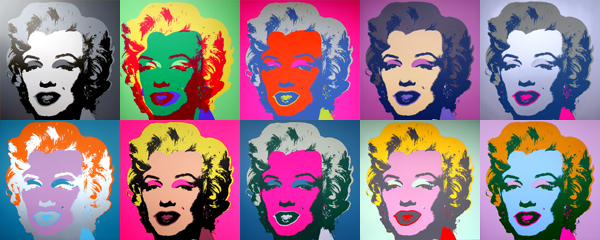
Famous Pop artist Andy Warhol worked on top of screen-printed photography, that he lifted/copied off of the movie “Niagara” from 1953.
Finding what appeals
Naturally, when you want to take inspiration from something - you need to find out exactly what it is that appeals to you. This way you weed out all the other stuff that isn’t necessary for satisfying your want for your new iteration, which could otherwise make your design look unoriginal. If you like the hair on a character, just go with the hair, leave the eyes and nose. If you like how a character dresses, then leave out their exact skin tone. Take a moment to pick and chose elements that are absolutely necessary for your own iteration, and be brutally honest with yourself when you do so - simply picking, or not picking things because of whatever reason is just going to have you run in circles. It sounds obvious but it really isn’t.
Going to the source
When you’ve identified exactly it is about a concept that you like, and want to re-iterate in your own design, it can be worthwhile going to the sources of which the artist before you were inspired. If you, say, want to iterate on a dress that a character wears for your own design, you can try to research the era and regional belonging of that particular fashion. This can open your eyes to a host of other options within the desired niché of the idea you want to iterate upon. Maybe you’ll find something similar but not the same? At the very least you’ll learn about the garment itself and ways that you could possibly alternate little details in it to make it look more unique. Researching topics of all kinds also build on your visual and referential library - and can improve your concept-variety long term, so perhaps make it a habit always to study the real-world origins of the material you want to iterate.
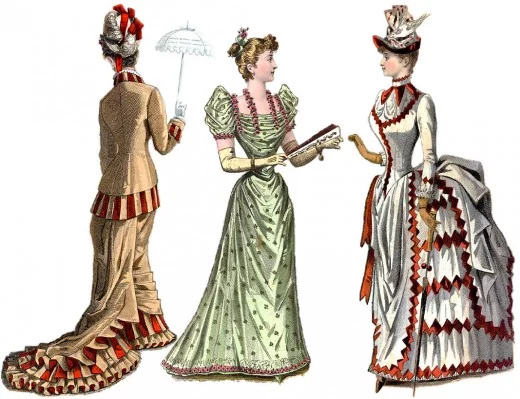
Iteration & iteration & iteration
If there’s one thing my soon-to-be-obtained degree has taught me, it’s that your work is not simply done by the moment you finish drawing the first reference sheet. Designing and iterating takes many many iterations, in more or less polished forms. Some designs never stop taking on new iterations in fact.
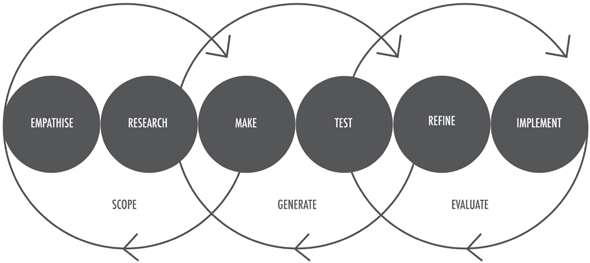
This illustration’s not -as- non-designer friendly as I would’ve wanted it, but it was the best one I could find at this point in time. This model is the Iterative Design Process model. A model that I’ve been exposed to pretty much non-stop for three years now.
What it basically says is that you, as a designer goes through the cyclic development of a concept by constantly going back and forth between researching your material, making prototypes, reflecting on the prototype- and then starting all over again. Each of these three-point cycles is called “ iterations”, and they can go on indefinitely until the designer finally decides that they’re satisfied with the final product.
What this means to you as an artist is that, just like the designer - you can benefit from going through multiple iterations and work-cycles. This is particularly true in terms of making something original from its source material. If you stick your focus on making just one tiny change to the design per iterations, you will gradually move away from the source as you go. It takes time.
I’m currently working on my own design project, where I am trying to break away from using one of my pre-established characters in a setting he doesn’t belong, and instead draft up a new character that shares some similarities to the former, but can stand on their own as an original character for an original IP.

Here, I make use of the three steps above and the iterative process. Most importantly I’m patient with the process. For each iteration I let the idea simmer a bit in my head while I do something else, meaning that I have multiple design-sessions and research-sessions to let everything properly marinate before I make any new iterations.
I hope this will suffice as a quick introduction to derivative/inspired design thinking. Taking inspiration from something is the literal baseline of art, so getting the method right is really important, really glad we got this question.
from The Redline Station https://ift.tt/2EuVcgD
via IFTTT
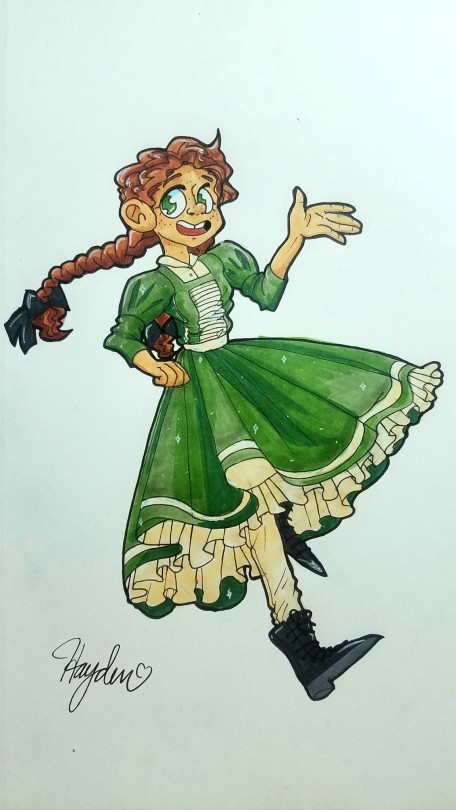
No comments:
Post a Comment